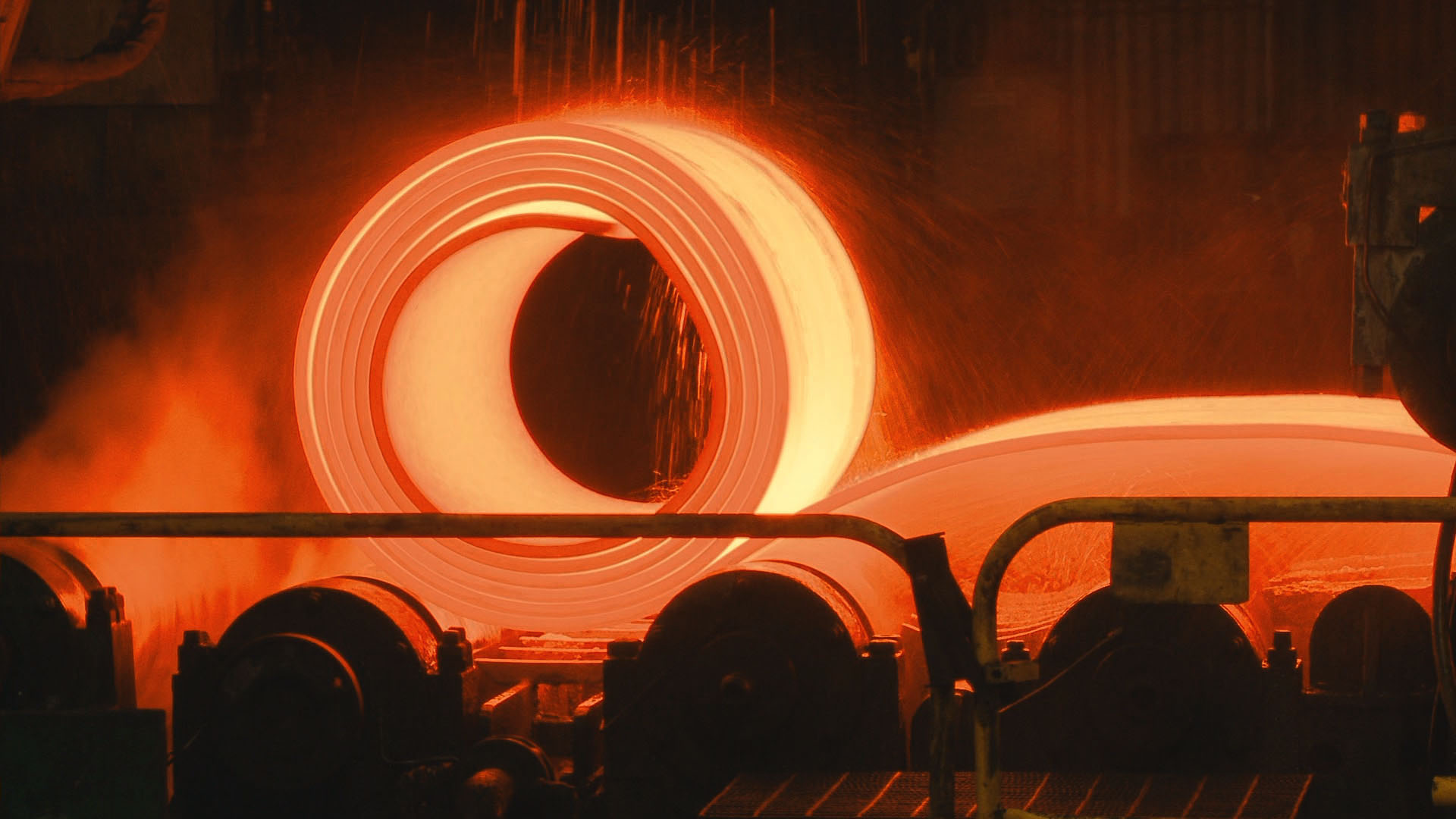A shadow rising on the wall and growing in size can be spooky. However, a shadow distorts the original object based on the angle and intensity of light that created it, failing to faithfully represent anything. The source of light determines perception.
Such is the case of the Iranian steel industry as seen by foreign market players. The sector is apparently being propped up by cheap energy and workforce coupled with government support. Incidentally, the two advantages of cheap energy and workforce have been part of Iranian state officials’ pitch to attract foreign investment.
The industry is also pursuing an ambitious expansion plan. Iran aims to become the world’s sixth largest steelmaker by 2025 by reaching a crude steelmaking capacity of 55 million tons, as part of its 20-Year Vision Plan.
So far, the shadow is rising on the wall, as about 60% of the target capacity have been realized. The reality, however, is lagging behind the representation, as actual output growth and exports are yet to match the capacity-making speed.
No wonder London-based Metal Bulletin magazine recently asked if “Iran is the new China” for the global steel markets. Its report focused primarily on billet shipments to Southeast Asia. But the factors it pointed out, such as prices lower than other origin cargoes, loopholes and an ever-increasing supply of shipments, can potentially be applied to the whole industry.
In the same vein, the Europeans have been spooked by Iranian steel. Earlier this week, the European Commission released a preliminary document on final measures proposed in an anti-dumping probe into hot-rolled coil imported from Iran, Russia, Ukraine, Brazil and Serbia.
According to this document, the above-mentioned countries, excluding Serbia, will have to pay anti-dumping duties if they sell HRC below a minimum import price of €472 ($544) per ton in the EU. Duties are calculated to be in the range of 5.30-33% and will go into effect by October 6.
It all started after the European steel association, Eurofer, lodged a complaint on behalf of European producers in May 2016, accusing the five countries of dumping and causing material harm to the European steel industry.
The group and its members were startled by data showing Iranian exports, especially HRC shipments, growing nearly eightfold between 2013 and 2016 to just over 1 million tons annually, placing Iran third behind India (1.9 million tons) and China (5.7 million tons).
In 2017, however, Iranian shipments to the continent have dropped substantially. According to Eurostat’s data shared with Financial Tribune, Iranian steelmakers exported only 34,140 tons of steel to Europe during the first quarter of the year. A comparison of this data with Iranian Steel Producers Association’s statistics on Iran’s overall HRC exports indicate that most, if not all of the material, was destined for Europe and gradually reduced.
Iran’s main producer of the material, Mobarakeh Steel Company, has cut its HRC exports to Europe and elsewhere since January to supply domestic downstream industries’ requirements, S&P Global Platts reported.
Analyzing the statistics, it can be concluded that the volume of MSC’s exports to the EU is no longer the case as it is insignificant in the face of the continent’s total imports. So even if Iran does sell steel below the set MIP, it would not put a dent in the market’s dynamics due to the limited volume of supply.
Iran has also taken other initiatives to address the conundrum, such as cancelling export tariffs on iron ore last year after the idea drew backlash from Eurofer officials who accused Iran of further subsidizing the industry.
Then why is the European Commission still proceeding to slap tariffs on Iranian steel?
Nipping the 2025 Iranian steel armada’s plan to export 25 million tpy in the bud is a priority for Europe and levying taxes on the limited MSC shipments is currently unjustified and simply meant to stem the potential tide. Obviously, no one likes the idea of a new China for the steel industry.
MSC Remains Unfazed
Just like last year, MSC has announced that EC’s decision will not be a threat to the company’s performance.
“This will not be a threat to MSC because it would cover only hot-rolled products, while MSC is also an exporter of cold-rolled coil, galvanized sheet, tinplate and even slab products which the EU needs,” managing director, Bahram Sobhani, was quoted as saying by Chilanonline.
Besides, MSC is exploring new markets now. The company made inroads into the African market for the first time last year. Moreover, in Southeast Asia, MSC has recently entered the Thai, Taiwanese and Malaysian markets, Sobhani says, noting that the company has access to alternative markets if restrictions block its path to Europe.
With a 10.3 million tpy capacity, MSC is Iran’s largest steel producer. It exported some 173,087 tons of products in the first quarter of the current Iranian year (March 21-June 21), marking a 69% year-on-year drop, according to the state-owned mineral holding IMIDRO.
Eurofer Not Pleased With MIP
The application of an MIP would not be enough to stop the dumping of HRC from the four countries in the trade case, European steel association Eurofer said on July 20.
The proposal of an MIP would set an unworkable precedent that would allow for dumping into the EU to continue and, as a consequence, would promote overcapacity in the exporting countries, Eurofer says.
“Dumping, injury and causality have each clearly been demonstrated in this case. How can an MIP that allows the continuation of dumping and price undercutting be chosen, just to benefit a minor fraction of user interest? No substantiated union interest justification exists here,” Eurofer Director General Axel Eggert was quoted as saying by Metal Bulletin.
Eggert added that the proposed MIP is significantly below the current average price level as they have risen recently, spurred on by much higher raw material costs. An MIP would distort competition on the market, as it would define a price benchmark in the HRC market, according to Eurofer.
This is while Metal Bulletin’s price assessment for domestic HRC in Northern Europe averaged €530.19 ($618.71) per ton ex-works in April-June of this year, up from an average of €409.62 ($478.01) per ton in the same three months of 2016.
However, contrary to Eurofer’s claims, it seems that the €472 ($544) MIP set by the EC is well above the average price, at least for the time being.



